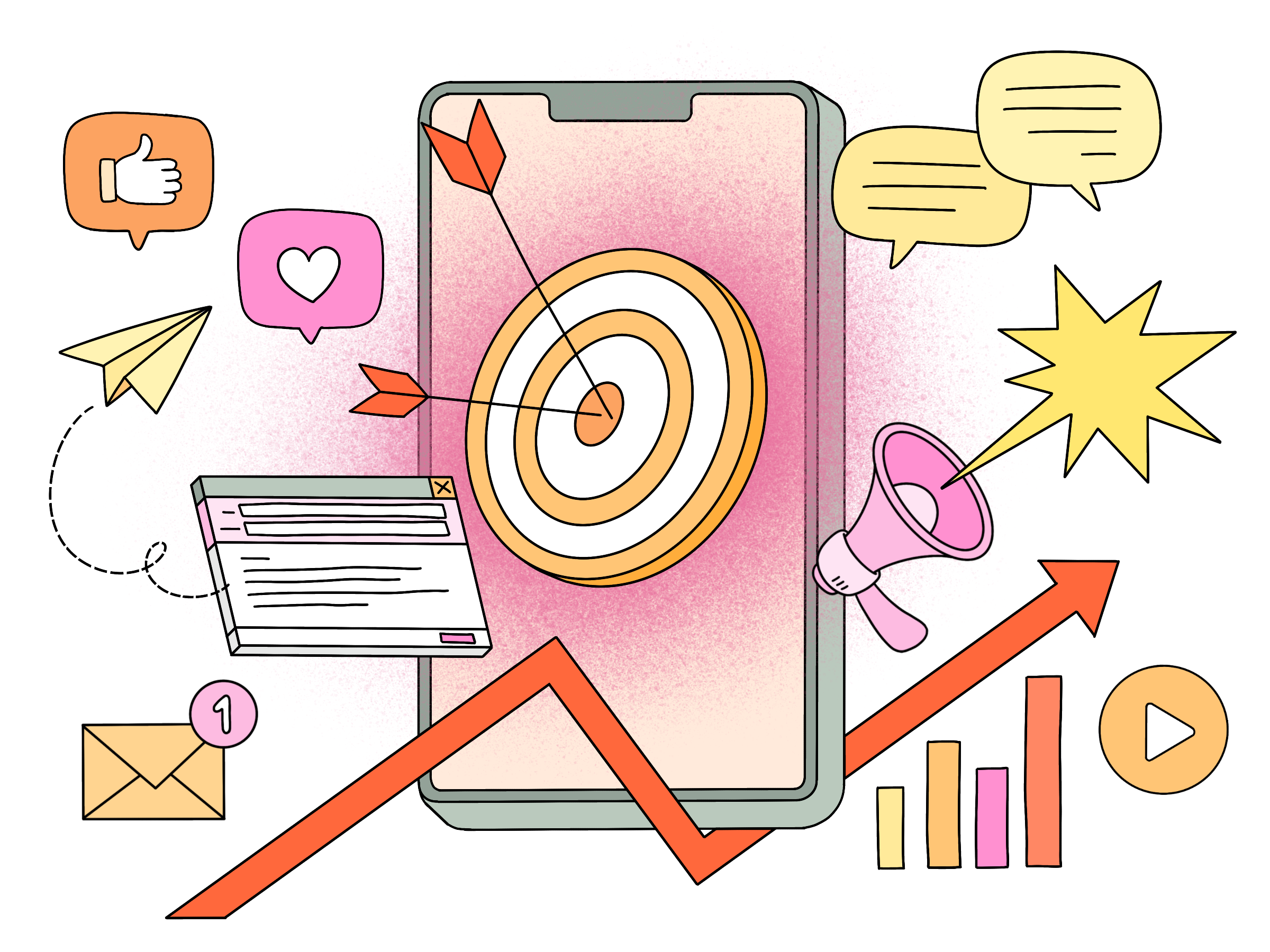
How to Measure Digital Marketing Success?
We are creating more content than ever. Social media accounts - usually several - have become a must-have for most businesses. Email campaigns, video campaigns, display campaigns, and search campaigns are bread and butter for digital marketers today, but how are all these different efforts contributing to your bottom line? Ideally, you should know how each one of these matters to your business. If you don’t, it is probably time to review your efforts.
Can we measure the success of all marketing efforts?
“Half the money I spend on advertising is wasted; the trouble is I don't know which half.”
This is a famous quote credited to John Wanamaker, a successful US merchant in the 1800’s. The world has changed a lot since then, but the sentiment is still true for many businesses today. For many, gut feeling is still the most used determinator when evaluating the success of marketing efforts.
With traditional analogue marketing measuring success was hard, but with the birth of digital marketing came an increased ability to measure the results yielded by our efforts.
First, let's be clear about what we define as digital marketing. According to BusinessDictionary digital marketing is “The promotion of products or brands via one or more forms of electronic media.” By that definition, digital marketing is the only type of marketing many of us do; which should enable us to measure the effectiveness of all our marketing efforts.

What are digital marketing success factors?
When you are doing a marketing campaign, how do you define if it is successful or not? That is something you should define before you start any type of marketing activity, regardless of the type of placement. The easy thing to do would be to define your overall business goal as the goal of any activity you do, i.e. purchase or sign-up. Of course, that is the end goal, but also know that not all marketing activities can be directly measured against that success factor.
Success factors within digital marketing are often defined within two categories: micro outcomes and macro outcomes. Macro outcomes are closely related to revenue generation for your business, it can be purchases, subscriptions or leads generated; these are often referred to as hard conversions. Micro outcomes, on the other hand, are clear signs of interest or intent by the user but not revenue-generating actions, i.e. comments, file downloads, newsletter subscriptions, page visits; these are often referred to as soft conversions.
What success factors you should use when measuring the success of your digital marketing efforts depends on the context of the campaign.
Linking the success of your digital marketing to your customer journey
Working with or studying marketing you have most likely encountered one or more purchase-funnel models. Whether you are familiar with AIDA or any other model, the basics are the same: A lot of people might enter at the top level, but most of them will not go through the entire funnel. To have a continuous flow of people purchasing from you, you need to keep adding more people to that funnel and do your best to move them down the funnel towards the end goal.
If you are familiar with the topic of customer journeys, you also know that most users will have multiple interactions with your brand before deciding to commit to a purchase or a sign-up. As the digital marketplace has grown increasingly complex, and tracking has gotten more restricted, it is close to impossible to tie the first contact between a user and your brand to the eventual purchase. Since that move down the funnel most often happens over several brand interactions, and often on different devices; defining desired micro outcomes throughout the funnel will be a key factor when measuring the success of any digital marketing effort.
How to successfully work data-driven with digital marketing?
Most digital marketers today are trying to work with a data-driven approach when optimizing their marketing efforts, and that is a good thing. However, if you work data-driven only based on macro outcomes, any lower-funnel activities will come across as very well-performing, while the upper-funnel efforts will most likely be viewed as failing. Based on that insight the upper-funnel activities should be stopped while the lower-funnel ones should be increased.
If you have yet to harvest all your lower-funnel potential that strategy would work, at least short term, but for most, it would probably result in decreased total revenue. As you are no longer adding new users to your purchase funnel, your supply of new customers will suffer.
This is where customer journeys, desired outcomes, and planning come together with three steps:
- First, define your customer journey:
Use a model like Avinash’s See-Think-Do-Care and create the customer journey as it looks for your business. - Second, define desired outcomes in each phase of your journey:
Think of outcomes that you can measure like newsletter subscribers, organic visits to your site, engagement on content, and be realistic when thinking about what you can expect your customers to in each phase. - Third, place each digital marketing effort in a phase and tie it to the desired outcome:
Keep in mind that the same channel and mechanisms can be used to target users at different stages in the customer journey. In that case, it would be good to separate these activities into different phases of the customer journey with different desired outcomes.
If you follow these steps and make sure that any new effort you plan goes through the process in step 3, you are well on your way to working data-driven throughout your customer journey. The only thing left to do is to use the right desired outcome when optimizing your digital marketing efforts.




